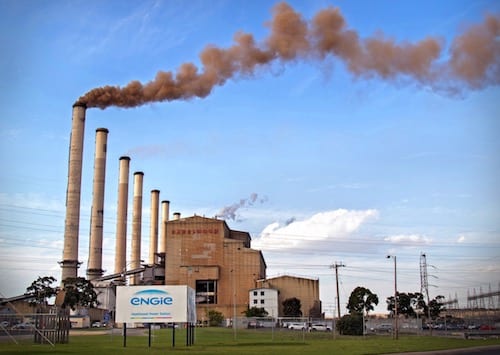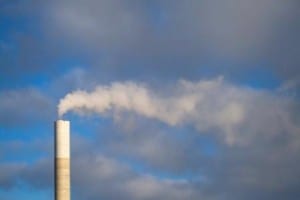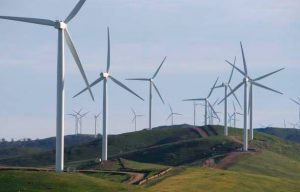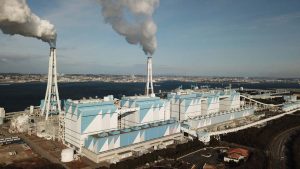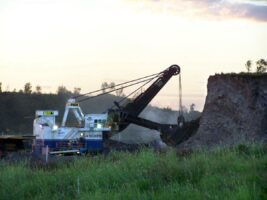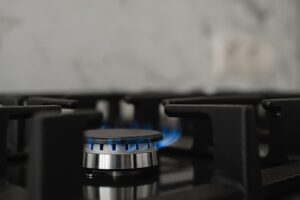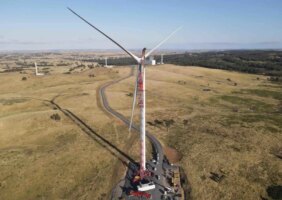Today marks the one year anniversary of the closure of Hazelwood power station, long known to be Australia’s dirtiest power station and one of the dirtiest in the world.
New analysis shows that Victoria’s electricity supply held up without Hazelwood through a hot summer and avoided over four million tonnes of CO2. The state also has a pipeline of clean energy projects to make the grid cleaner and more stable in coming years.
Since the closure announcement in November 2016, we’ve been a subjected to a frenzy of speculation about what would happen to our power supply, with a particular focus on whether we could make it through the summer without the lights going out.
At times, you could be forgiven for thinking there were some politicians and commentators who were actively cheering for blackouts.
To avoid operating in the evidence-free zone of climate deniers, Environment Victoria commissioned Green Energy Markets to analyse how Victoria’s electricity generation system handled the loss of an old 1600 MW power station.
As it turns out, the fearmongers were wrong.
How the generation mix changed
In the final year of Hazelwood’s operation, Victoria exported over 5000 GWh of electricity, equivalent to around 60% of Hazelwood’s output.
Since the closure, Victoria’s remaining coal generators increased their output only slightly and wind power remained about the same. Output from gas power stations increased, offsetting part of Hazelwood’s production but also a 1000 GWh drop in hydro output.
The significant change was that Victoria stopped exporting so much electricity, on balance importing slightly more than we exported over the year.
The report notes that behind-the-meter changes (203 MW of rooftop solar and 500 GWh worth of energy saving through the Victorian Energy Upgrades Program) also contributed to a cleaner grid.
How the change in generation affected emissions
When you take the dirtiest power station out of the grid, whatever replaces it is necessarily going to be cleaner. The Green Energy Markets report is the first quantification of exactly how much cleaner Australia became thanks to Hazelwood’s closure.
Within Victoria’s borders, there was a 12 million tonne reduction in CO2 – the balance between losing Hazelwood’s 14 million tonnes against an additional million tonnes each from coal and gas generators respectively.
With the rest of the NEM no longer importing much of Victoria’s highly polluting brown coal, output from black coal generators in NSW needed to increase, but this still left us 4 million tonnes ahead. This makes the closure of Hazelwood one of the most significant steps in Australia’s history to tackle global warming.
#CoalFail continued
Regular readers of RenewEconomy will be well aware of the repeated failures of large units at coal-burning power stations over summer. The Green Energy Market report shows that, on a number of occasions this summer, units at Loy Yang A and Yallourn were offline simultaneously.
Despite this variable supply from remaining coal generators, the 105 break-glass-in-case-of-emergency diesel generators were never switched on. When things were tight on 19 January, there was brief demand response from the Portland aluminium smelter.
Changes still coming in Victoria’s generation mix
According to the analysis, Victoria has 1594 MW of large scale wind and solar projects under construction, which are expected to deliver 4712 GWh once fully online. Together with continued growth in rooftop solar, energy efficiency and new battery storage, Victoria’s electricity system will only become cleaner and more stable in the coming years.
And while today’s report from the Australian Energy Regulator points to the increase in power prices post-Hazelwood closure, there is clear evidence (for example, Ernst & Young’s modeling on the Victorian Renewable Energy Target) that the continued growth of renewables will drive these prices down.
There is no denying that Hazelwood’s retirement has posed challenges, both for the energy system and for the community of the Latrobe Valley (though we are also hearing Latrobe Valley residents reporting much cleaner air and bluer skies).
The lesson from these challenges is that the retirement of coal-burning power stations is a process that needs to be planned and managed, not resisted. Pretending that remaining coal generators will stay open forever is unhelpful and will only serve to make the inevitable transition bumpier.
Dr Nicholas Aberle is Campaigns Manager at Environment Victoria. The report is available for download here.

